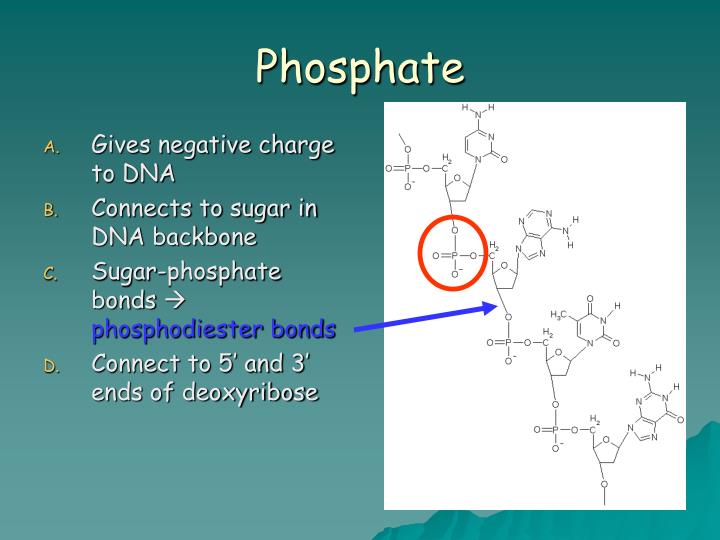
Owing to these restrictions, the studies were mostly limited to organic systems interacting with mono- or bivalent metals with a low number of electrons. In general, these methods scale poorly with the size of the studied systems therefore, small basis sets had to be used, or some constraints were necessary to obtain feasible results within the computational resources available at that time. However, the inaccuracy on the developed exchange-correlation functionals tilted the balance toward the wavefunction-based methodologies, in particular, the Møller-Plesset perturbation theory. After a tremendous development of the molecular orbital theory, the first successfully applications for the description of the electronic structure of complex molecular biological systems appeared early in the seventies with the works of J.A. The main workhorses for the characterization of the electronic chemical and physical properties of matter in terms of first principles methods are the Post-Hartree-Fock methods and density functional theory. Finally, the electronic gap varies greatly among all of the considered structures and could be further used as a fingerprint when searching DNA-metal hybrid structures. Furthermore, the frontier orbitals of the cationic system tend to have more effects from the pairing and inclusion of the backbone than the anionic system. Also, we found that although the metal localizes almost all of the extra charge in the anionic system, a donation of charge is shared almost equally in the cationic system. As a general trend, we discerned that the energetic ordering of isomers follows simple electrostatic rules as expected from previous studies. In addition to the metal interacting with the five isolated nucleobases, we included their respective DNA-WC base pairs and one case with the protonated sugar-phosphate backbone. We describe the nature of the stability and electronic properties in each hybrid metallic structure. Combining density functional theory simulations with a literature overview, we achieved an exhaustive study of the ground state electronic properties of DNA/RNA nucleobases interacting with gold and silver atoms at three charge states: neutral, cationic, and anionic.

The interaction between metal atoms and nucleobases has been a topic of high interest due to the wide scientific and technological implications.


 0 kommentar(er)
0 kommentar(er)
